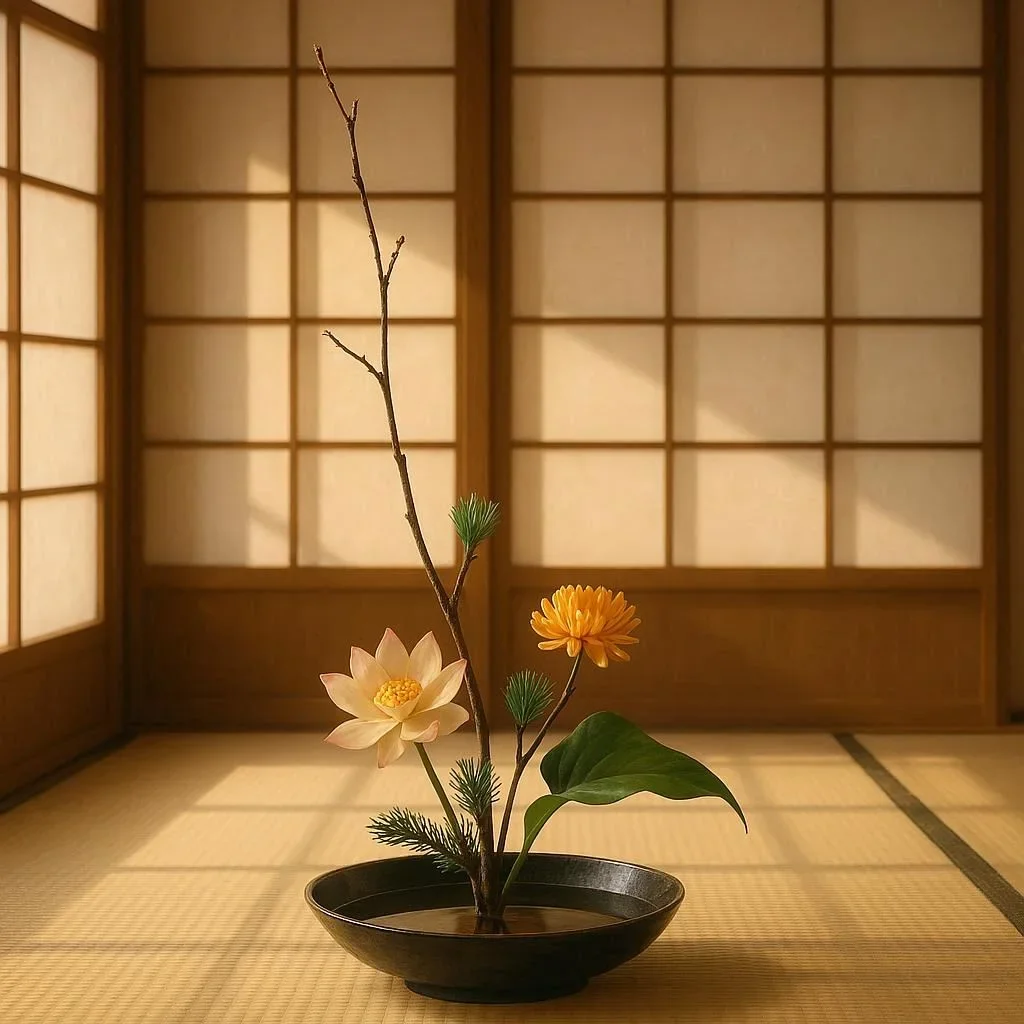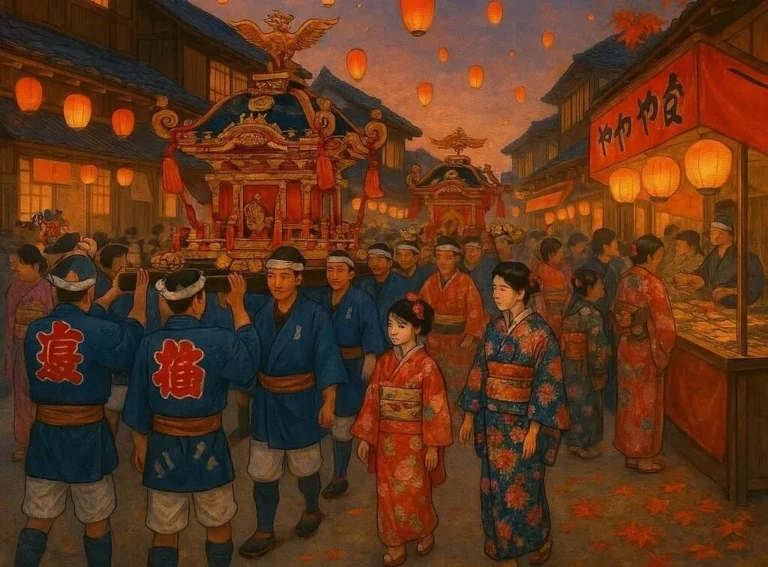505 views Samurai Castles: Architectural Feats of the Past
Meta Title – Discover Japan’s Samurai Castles: History, Architecture, and Significance
Meta Description – Explore the fascinating history and architectural brilliance of Japan’s samurai castles. Dive into their design, historical significance, and cultural impact.
Exploring the Architectural Marvels of Samurai Castles
Japan’s samurai castles are more than just historical relics; they are testaments to the ingenuity, artistry, and strategic brilliance of a bygone era. These architectural wonders have captivated historians, architects, and travelers alike for centuries, offering a glimpse into the lives of the samurai who once ruled the land. In this blog post, we’ll delve into the history, design, and cultural significance of samurai castles, as well as explore some of the most famous examples that still stand today.
A Brief History of Samurai Castles
Samurai castles, known as “shiro” in Japanese, were fortified structures built primarily during the Sengoku period (1467–1603) and the Edo period (1603–1867). These castles served as the residences and military strongholds of the daimyō (feudal lords) and the samurai class. Their construction was driven by the need for defense during a time of constant warfare, as well as the desire to display the wealth and power of their rulers.
The earliest samurai castles were simple wooden fortifications built on hills or mountains. Over time, however, they evolved into grand, multi-level structures with intricate designs and advanced defensive features. The most famous samurai castles were constructed during the late Sengoku period, under the orders of legendary warlords like Oda Nobunaga and Toyotomi Hideyoshi.
The Architectural Design of Samurai Castles
Samurai castles are renowned for their unique and functional design. Their architecture was a blend of artistic expression and military practicality, reflecting the dual role of the castle as both a home and a fortress. Here are some key features of samurai castle design:
1. Hilltop Locations
Many samurai castles were built on hills or mountains to provide a strategic vantage point. This elevated position made it easier to spot approaching enemies and allowed for better defense. The most famous example of a hilltop castle is Himeji Castle, which is often referred to as the most beautiful castle in Japan.
2. Stone Walls and Foundations
Samurai castles were built with massive stone walls that could withstand enemy attacks. The walls were often sloped to prevent climbers from scaling them easily. The stones used were carefully selected and cut to fit perfectly together without mortar, a testament to the advanced stonework of the time.
3. Multiple Bailey Levels
Samurai castles were typically divided into multiple bailey levels, each serving a different purpose. The highest level housed the main keep, the residential quarters of the daimyō. Below that were the samurai barracks, storage areas, and finally, the outer bailey, which was used for administrative purposes.
4. Defensive Features
Samurai castles were equipped with a variety of defensive features, including moats, watchtowers, and gatehouses. The moats surrounding the castle were designed to prevent siege weapons like catapults from reaching the walls. Watchtowers were placed at strategic locations to monitor the surroundings, while gatehouses were heavily fortified to serve as the first line of defense.
The Evolution of Samurai Castles
Over the centuries, the design and purpose of samurai castles underwent significant changes. Here’s a brief overview of their evolution:
1. Early Fortified Residences
The earliest samurai castles were simple fortifications built by local warlords to protect their territories. These early castles were made of wood and earth, with minimal defensive features. They were often abandoned or destroyed after conflicts subsided.
2. The Sengoku Period
During the Sengoku period, samurai castles became more sophisticated. Daimyō began to build larger, more fortified castles to secure their power and protect themselves from rival clans. The introduction of firearms during this period also led to changes in castle design, with thicker walls and fewer windows to reduce vulnerability.
3. The Edo Period
By the Edo period, the country was unified under the Tokugawa shogunate, and the need for fortified castles diminished. Many samurai castles were destroyed or abandoned, and new castles were built primarily as symbols of the shogunate’s authority. These castles were more ornate and less focused on defense.
Famous Samurai Castles in Japan
Despite the passage of time, many samurai castles still stand today, offering a glimpse into Japan’s rich history. Here are some of the most famous samurai castles in Japan:
1. Himeji Castle (Hyōgo Prefecture)
Himeji Castle is one of the most iconic samurai castles in Japan. Its white exterior and elegant design have earned it the nickname “White Heron Castle.” Built in 1333, Himeji Castle is a UNESCO World Heritage Site and one of the best-preserved samurai castles in the country. It survived the Meiji period’s modernization efforts and remains a popular tourist destination.
2. Osaka Castle (Osaka Prefecture)
Osaka Castle is another famous samurai castle that played a crucial role in Japanese history. Built in 1583 by Toyotomi Hideyoshi, the castle served as a symbol of his power and ambition. Although the original castle was destroyed during the Siege of Osaka in 1615, it was reconstructed in the 20th century and now houses a museum and an observatory offering stunning views of the city.
3. Nijo Castle (Kyoto Prefecture)
Nijo Castle was built in 1603 as the Kyoto residence of the Tokugawa shoguns. The castle is known for its “nightingale floors,” which were designed to squeak when walked upon to prevent intruders from approaching undetected. Nijo Castle is also a UNESCO World Heritage Site and is famous for its beautiful gardens and traditional Japanese architecture.
4. Kumamoto Castle (Kumamoto Prefecture)
Kumamoto Castle is one of the largest and most impressive samurai castles in Japan. Built in 1467, it was known for its massive stone walls and strong defenses. Although the original castle was severely damaged during the Satsuma Rebellion in 1877, it has been partially reconstructed and remains a significant historical site.
The Cultural Significance of Samurai Castles
Samurai castles are more than just architectural marvels; they hold a special place in Japanese culture. They are reminders of the country’s turbulent past and the enduring spirit of the samurai. These castles have also had a lasting impact on Japanese architecture, influencing the design of modern buildings and inspiring artists and architects around the world.
1. Historical Importance
Samurai castles serve as tangible connections to Japan’s feudal past. They provide valuable insights into the lives of the samurai and the social hierarchy of the time. Visitors can explore the castle’s interior, which often features traditional Japanese interiors, including tatami-matted rooms, sliding doors, and ornate ceilings.
2. Architectural Influence
The design of samurai castles has influenced Japanese architecture for centuries. The use of natural materials, such as wood and stone, and the focus on harmony with the surrounding environment are principles that continue to inspire modern Japanese architecture.
3. Tourism and Education
Today, samurai castles are popular tourist attractions and educational resources. They offer visitors the opportunity to learn about Japan’s history, culture, and traditions. Many castles also host cultural events and festivals, further enhancing their significance to the community.
Preserving Samurai Castles for Future Generations
Many samurai castles have survived the test of time, but their preservation remains a challenge. Natural disasters, such as earthquakes and typhoons, as well as urban development, have threatened the existence of these historical landmarks. Efforts to preserve samurai castles are ongoing, with many being designated as national treasures and UNESCO World Heritage Sites.
The Japanese government and local communities are working together to protect these historical sites through restoration projects, conservation initiatives, and educational programs. Visitors also play a crucial role in the preservation of samurai castles by respecting these sites and supporting their maintenance.
Conclusion
Samurai castles are a testament to Japan’s rich history and architectural prowess. Their intricate designs, strategic locations, and cultural significance make them a fascinating subject of study and exploration. Whether you’re a history enthusiast, an architecture lover, or simply a curious traveler, samurai castles have something to offer everyone.
By learning about and visiting these architectural feats, we can gain a deeper appreciation for Japan’s past and its enduring influence on the present. So, the next time you’re in Japan, be sure to pay a visit to one of these incredible samurai castles and experience a piece of history firsthand.
FAQs
1. What were samurai castles used for?
Samurai castles were used as the residences and military strongholds of the daimyō and the samurai class. They served as centers of administration, defense, and symbols of power during Japan’s feudal period.
2. Which is the most famous samurai castle in Japan?
The most famous samurai castle in Japan is Himeji Castle, known for its stunning white exterior and well-preserved architecture.
3. Are there any samurai castles still standing today?
Yes, many samurai castles still stand today, with some being reconstructed or renovated over the years. Popular examples include Himeji Castle, Osaka Castle, and Nijo Castle.
4. What makes samurai castles unique in terms of architecture?
Samurai castles are unique for their strategic hilltop locations, massive stone walls, multiple bailey levels, and defensive features such as moats and watchtowers. Their design combined functionality with artistic expression, reflecting the cultural and historical context of their time.
5. Can I visit samurai castles in Japan?
Absolutely! Many samurai castles are open to the public and are popular tourist attractions. Visitors can explore the castle interiors, learn about their history, and enjoy the surrounding landscapes and gardens.
By understanding and appreciating samurai castles, we can gain a deeper insight into Japan’s fascinating history and the legacy of its samurai warriors. Whether through a visit or a study, these architectural marvels continue to inspire and captivate audiences around the world.







